How Ignoring Sandy Alcantar’s Motor Preferences Led to Injury
Unfortunately, we see new examples every day of pitchers suffering severe injuries, often requiring surgery! In fact, throwing-related injuries have been on the rise since 2000. This emphasizes the importance of prioritizing player development and health more than ever before. It’s crucial to understand and work with each player’s natural motor preferences.
Coaches, instructors, data analysts, and biomechanical experts who try to impose unnatural postures on athletes can create various problems. These issues may include injuries because athletes might struggle with movements that go against their natural tendencies. It can also disrupt their flow as they may not perform comfortably and naturally.
The most significant violation when it comes to an individual’s motor preferences is related to what we call “the 2 ABSOLUTES.” These violations are often the root cause of serious arm injuries.
Athletes use either a hip or shoulder strategy to power their movements. This depends on where their spine is most flexible, either having a high mobile point (where shoulders and hips can rotate independently) or a low mobile point (where shoulders and hips work together).
When it comes to pitchers, we can determine their healthiest, most efficient, and energy-saving release point by considering two factors:
- Whether the pitcher has a vertical or horizontal organization.
- Whether the pitcher has a high or low mobile point in the spine.
These preferences have been ingrained in their motor skills since birth and represent their optimal and healthiest release point. Trying to change this natural arm slot can put the player at risk of severe injury.
Now, let’s take a look at Sandy Alcantara.
Although I couldn’t personally profile Sandy, from the information available online, it seems he is a horizontally oriented athlete with a high mobile point.
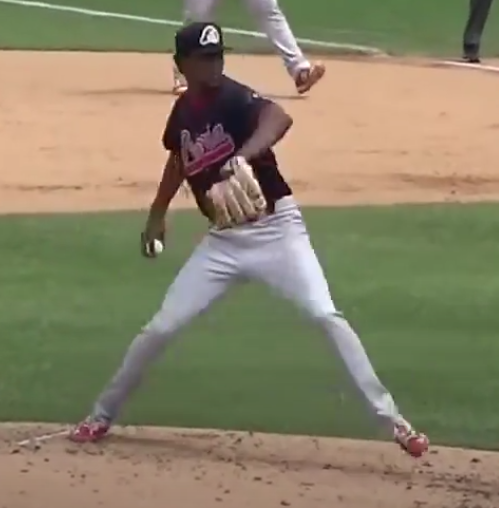
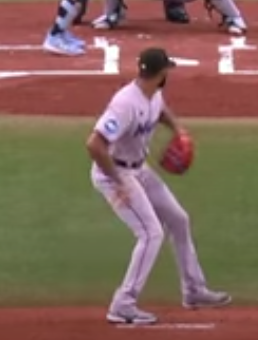
A notable trait of pitchers with a high mobile point is that, during the preparation phase, their throwing shoulder tends to dip towards the hip. This was a technique Sandy Alcantara used earlier in his career, as clearly depicted in the picture.
So, Sandy’s healthiest release point would correspond to the “HOR HMP” on the picture, which matches his earlier career style.
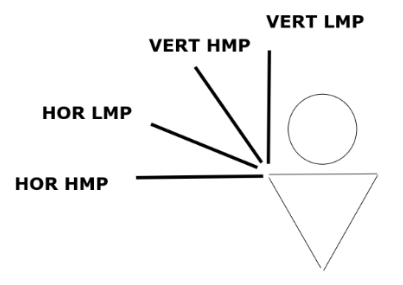
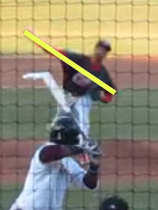
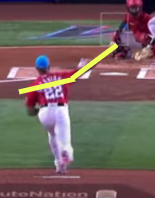
However, when comparing his recent throwing style to his past, it’s clear that he now exhibits more vertical release properties. But these properties are at odds with his natural motor preferences and can work against him.
For example, you can see in the picture that his “Release Point” went from 5.7 feet in 2018 to 6.2 feet this year!
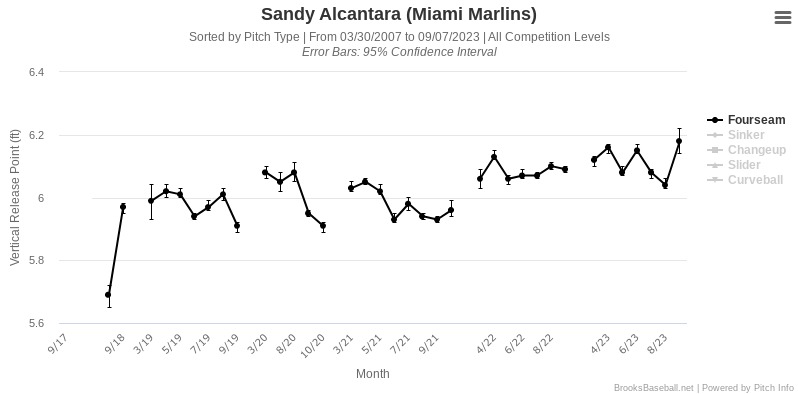
So, respecting individual motor preferences, especially the 2 absolutes, is of utmost importance.
One important aspect of an athlete’s natural motor preferences is their innate inner structure. These preferences encompass how an athlete perceives, feels, thinks, and moves. Ignoring or working against these preferences can hinder an athlete’s performance and potential. Coaches and instructors should recognize that each athlete is unique and has their own set of natural motor preferences, influenced by factors like genetics, past experiences, and personality.
By taking the time to understand and work with these preferences, coaches and instructors can help athletes reach their full potential while reducing the risk of injury. This ultimately leads to a more prosperous and sustainable career in baseball.
These motor preferences highlight the uniqueness of each individual in their ability to make movements that are both energy-efficient and effective. These movements are shaped by an individual’s nature, life experiences, and interactions with their environment.
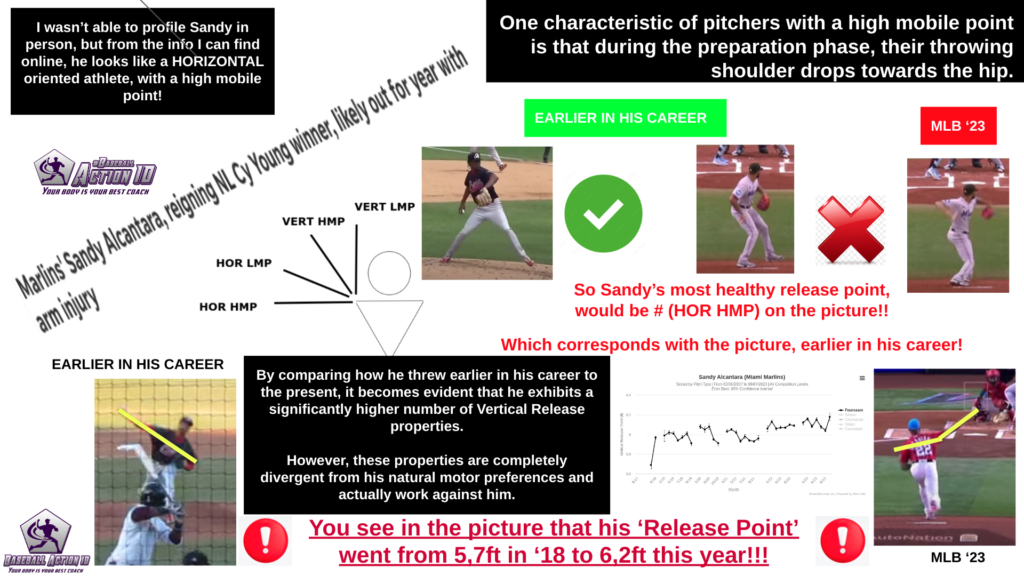
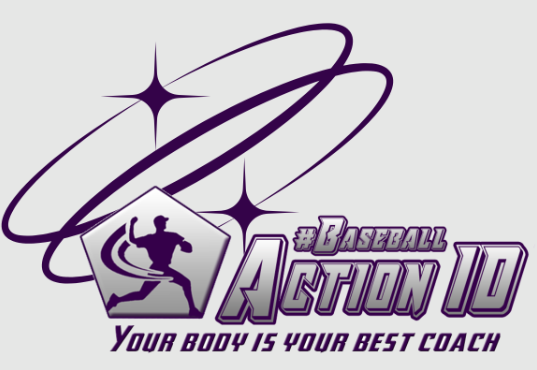
Thank you so much for your feedback! I’m glad to hear you found the analysis perfect and accurate. You’re absolutely right; it’s crucial for coaches to strike a balance between technology and understanding the Natural Individual Motor Preferences!